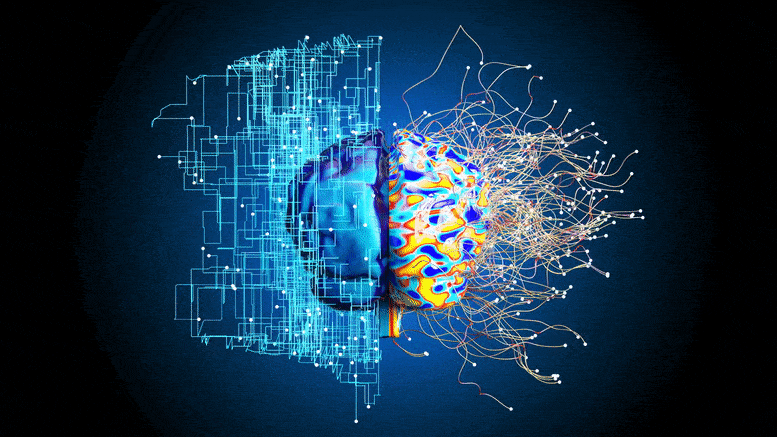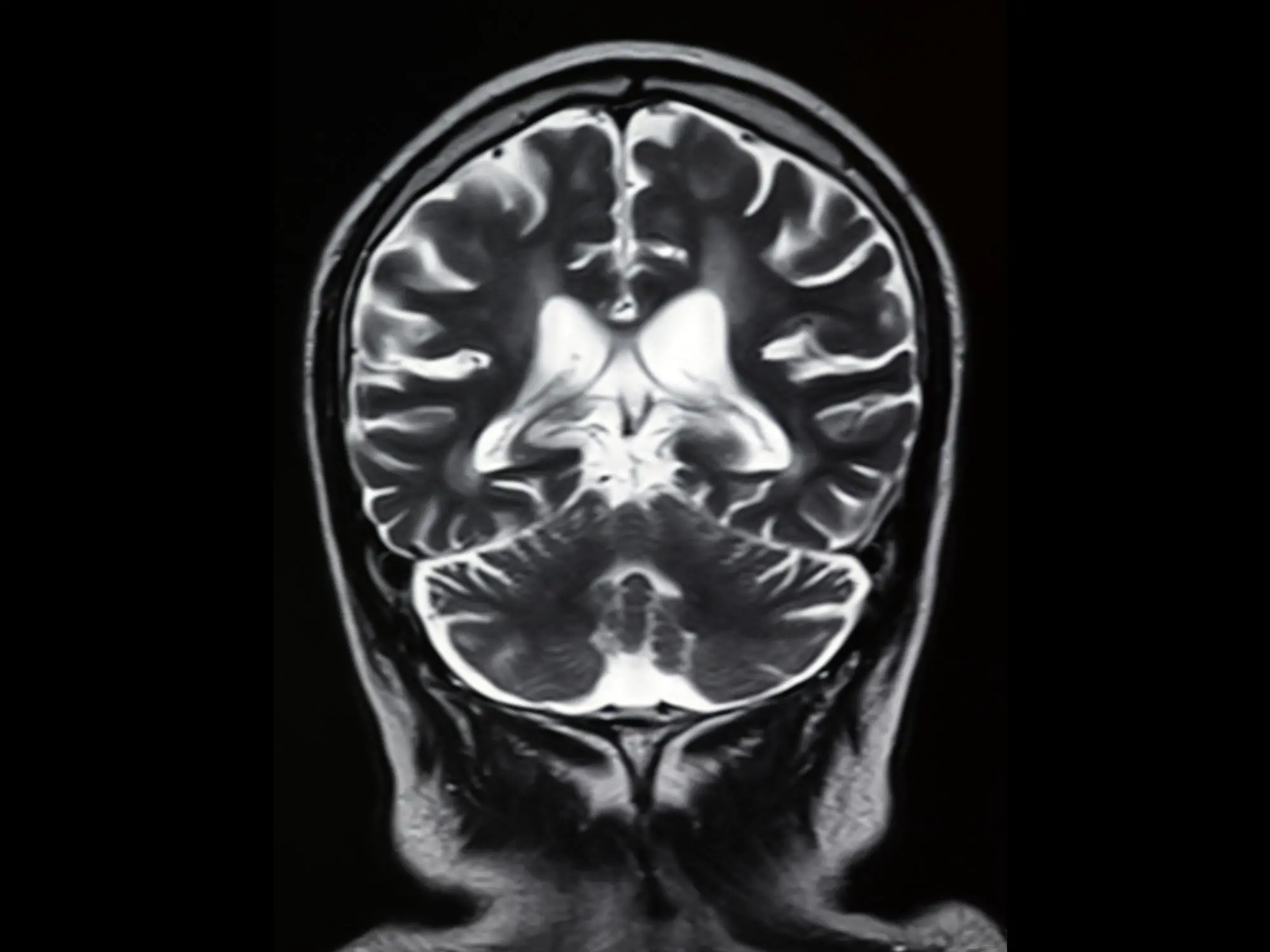Summary of Unmasking Early Warning Signs of Alzheimer’s Disease With Individualized Brain Fingerprints:
Neuroscientists at the Medical University of South Carolina have used a novel brain imaging analysis technique to identify subtle differences in brain function for individuals with preclinical Alzheimer’s disease. While exhibiting no noticeable cognitive decline, individuals with preclinical Alzheimer’s display the earliest signs of amyloid-beta protein buildup in their brains. The researchers used individualized maps of brain function to identify potential brain-based reasons for subtle cognitive changes in the early phase of the disease. The study reveals that changes in connectivity within and between specific brain networks may indicate early problems with information processing and could be a target for therapies to improve outcomes for patients with Alzheimer’s disease.
*****
New Brain Imaging Technique Reveals Subtle Differences in Alzheimer’s Patients
Neuroscientists at the Medical University of South Carolina (MUSC) have discovered subtle differences in how the brain functions in older adults with preclinical Alzheimer’s disease (AD) using a new brain imaging analysis technique. Individuals with preclinical AD have the earliest signs of the disease, such as the buildup of amyloid-beta proteins in their brains. Still, they have no noticeable symptoms of cognitive decline. The research led by Dr. Andreana Benitez and Dr. Stephanie Fountain-Zaragoza provides the clear potential for detecting early-stage brain changes associated with AD, which can help improve the study of preclinical AD.
Detecting Subtle Changes in Brain Function Using Brain Mapping
Detecting early changes in brain function associated with preclinical AD is challenging due to its subtle nature. The neuroscientists used an individualized functional connectome – a brain map measuring communication between different brain areas. “This method creates an individualized brain fingerprint that more accurately reflects where the different functional regions are in each individual’s brain,” said Dr. Stephanie Fountain-Zaragoza. The researchers used this novel brain fingerprinting technique to look for subtle changes in brain function in 149 participants without signs of cognitive decline aged 45 to 85. All participants underwent PET scans of their brains and were divided into two groups based on the evidence of amyloid-beta protein buildup in their brains. The participants also underwent MRI scans, which were used to generate brain fingerprints.
Linking Subtle Changes in Brain Function to Behavior
The researchers tested the participants’ behavior-based information processing tests to assess cognitive performance. They found that certain changes in the brain fingerprint were associated with worse information processing in participants with amyloid-beta buildup or preclinical AD. The study shows that the information processing ability can be disrupted in preclinical AD due to an imbalance of connectivity within and between specific brain networks. Improving the balance in connectivity could be a target for therapies to enhance the outcomes of patients with AD.
Implications for the Future Research on AD
The study indicates that the individualized functional connectomes can detect subtle variations in brain function that other conventional brain imaging analysis techniques could miss. Also, the study reveals that amyloid-beta buildup could affect the operation of brain networks even before symptoms of cognitive decline become noticeable. The researchers plan to explore new treatments, such as brain stimulation, that may help slow AD progression. Overall, the study is important for understanding the full spectrum of the disease and identifying who might be at risk of developing it. The research has been published in the Brain Connectivity journal and grants the team renewed funding from the National Institute on Aging to continue their work on preclinical AD.


Comments are closed